Hour Hand On Clock: Definition, Examples, and Practice Math Problem
reviewed by Jo-ann Caballes
Updated on November 20, 2024
The analog clock is everywhere: in classrooms, malls, restaurants, and even in our homes. This is why children must be able to tell the time with this clock.
In this article, we discuss the clock hands meaning, specifically the hour hand to help children tell the time.
What is the hour hand on a clock?
The hour hand on a clock is the hand that moves at the slowest speed. It is used to signify the hour which is represented by the numbers in the clock.
What are the functions of analog clock hands?
The analog clock has three hands (second, hour and minute hand) and each of them has its function:
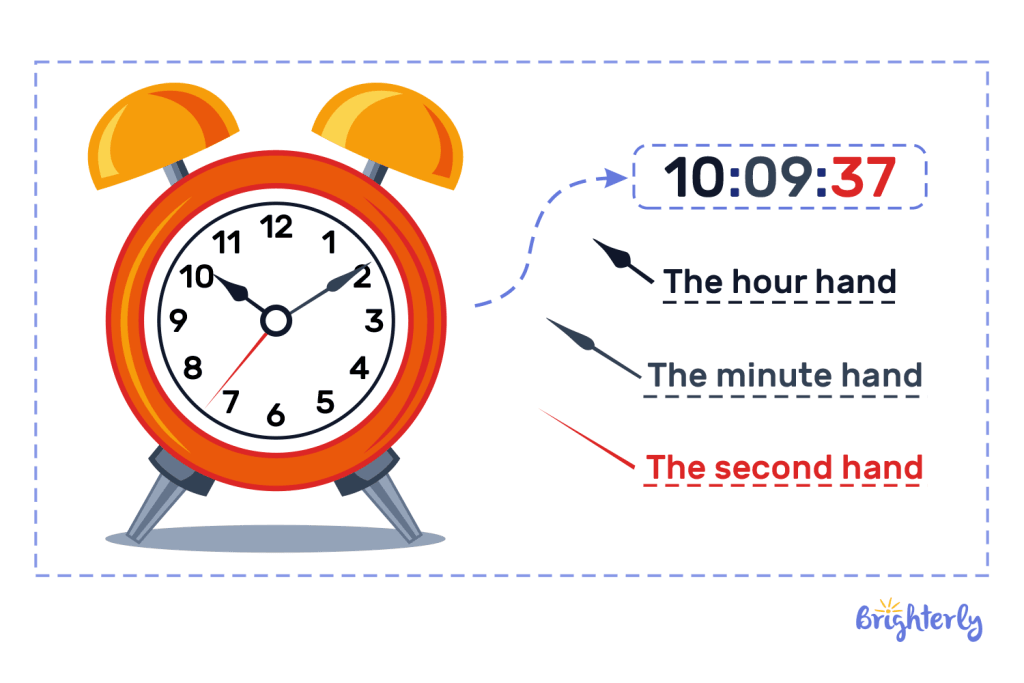
- The second hand tells us the time in seconds and after it completes a cycle around the clock, a minute has passed. The analog clock may have tiny lines between the numbers, and when counted together, add up to 60.
- The minute hand can be used to tell the time in minutes. It moves slower than the second hand but faster than the hour hand. The interval between each number on the clock is 5 minutes, therefore, to get the minute of each number, we multiply it by 5, so the numbers 1, 2, 3, are actually 5,10,15, and so on. When it completes a cycle of 60 minutes around the clock, then an hour has passed.
- The hour hand (our topic of discussion) is the short hand on the clock, it is also the thickest. It and the minute hand are generally more pronounced than the second hand and it is used to tell time by the hour.
Clock examples
There are two major types of clocks:
- The digital clock
- The analog clock
The digital clock is used to tell time through an electronic display of numbers which shows the hours and minutes (sometimes seconds too). It may also tell if it is a.m. or p.m.
It is the more modern of the two types of clocks.
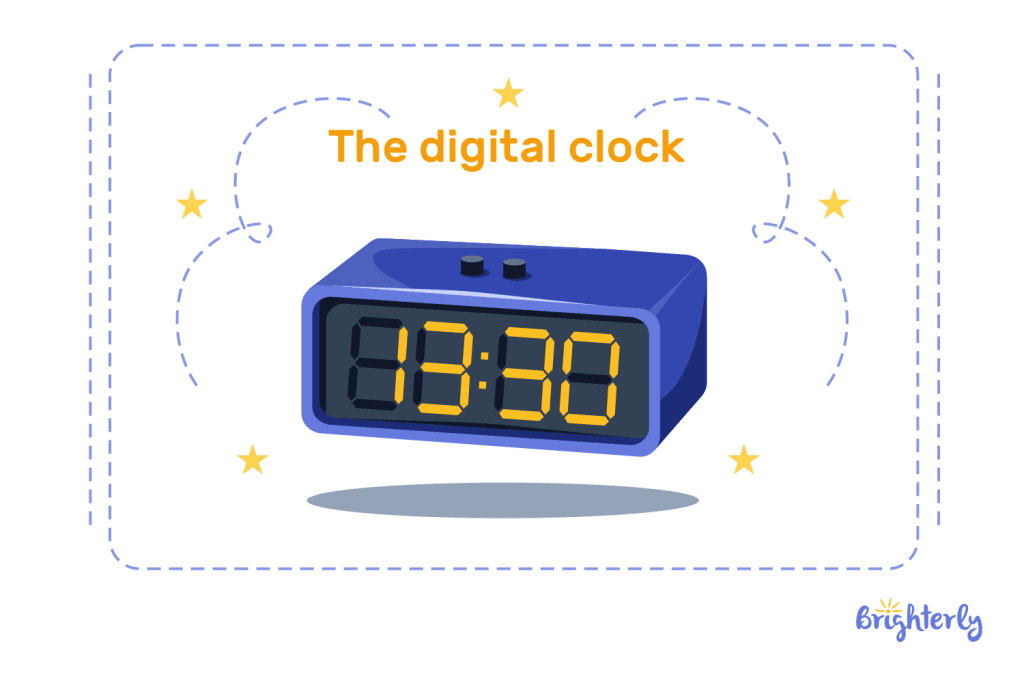
The analog clock, also known as the hand clock because of its hands, is the older type of clock. This device tells time through three hands (second hand, hour hand and minute hand).
Each of these clock hands moves at their own pace through the numbers 1-12 to tell the time in a 12-hour format.
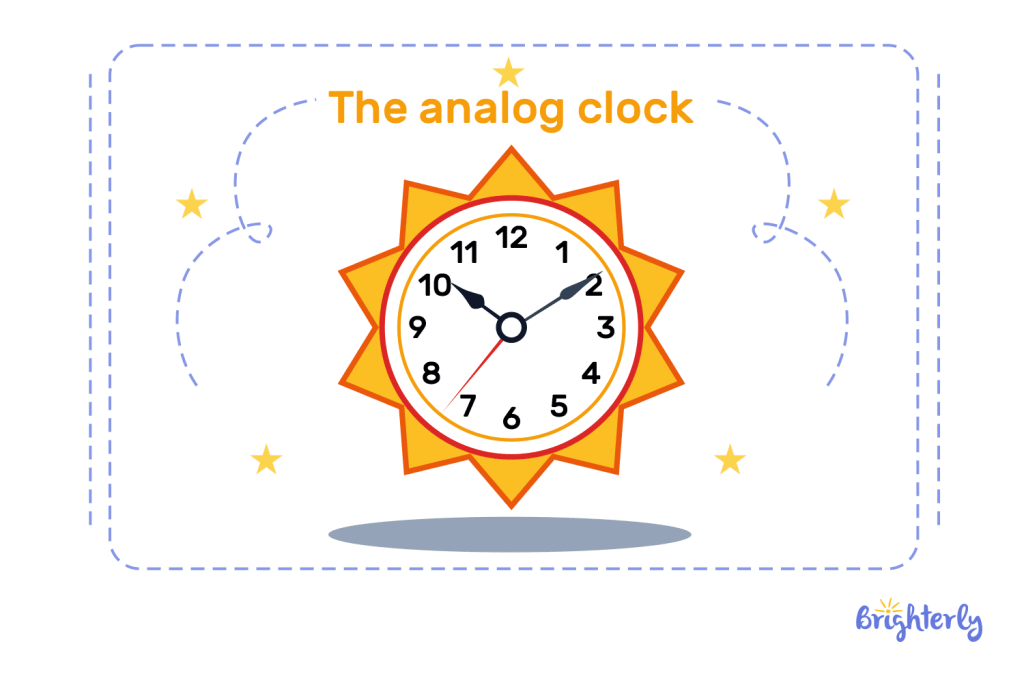
What is the Hour Hand on a Clock?
The hour hand is the hand that tells us what hour of the day it is. However, because an analog clock only has 12 numbers (1 -12), we can only tell the time by the 12-hour format.
This means we are unable to tell whether it’s morning or night simply looking by the clock without prior knowledge. Yet, the hour hand is important because, with it, we can know how early it is, how late it is, and so on.
Which hand is the hour hand?
The hour hand is the shortest and thickest hand among the hands of a clock. You can easily identify it by the slow movement of the other two hands.
However, keep in mind that you may not be able to stand still to watch the hand move from one number to another — this is because it takes an entire hour!
Solved Math Tasks: Examples
Solved math problem 1
What does the time say when the clock’s hour hand is on 7 and the minute hand is on 12?
Answer
| 7 o’clock |
This is because every hour restarts after the minute hand reaches 12 (and has completed 60 minutes). When the minute hand reaches 12 again, it will be 8 o’clock.
Solved math problem 2
The hour hand is between 3 and 4 and the minute hand is exactly on 6. What does the time say?
Answer
|
The time says it’s 3:30 or half past 3 |
We know that when the clock’s minute hand reaches 12 an hour or 60 minutes has passed, it also means that when it reaches 6, half an hour or 30 minutes have passed. Therefore, the hour hand in the middle of two numbers means it’s still in the hour of the lesser number but 30 minutes to the next number.
Solved math problem 3
The day has 24 hours but the analog clock doesn’t blur and has 12 numbers. How does the hour hand show the 24-hour cycle?
Answer
| The hour hand goes around the clock twice (midnight to noon and noon to midnight). The two notations represent a.m. and p.m. |
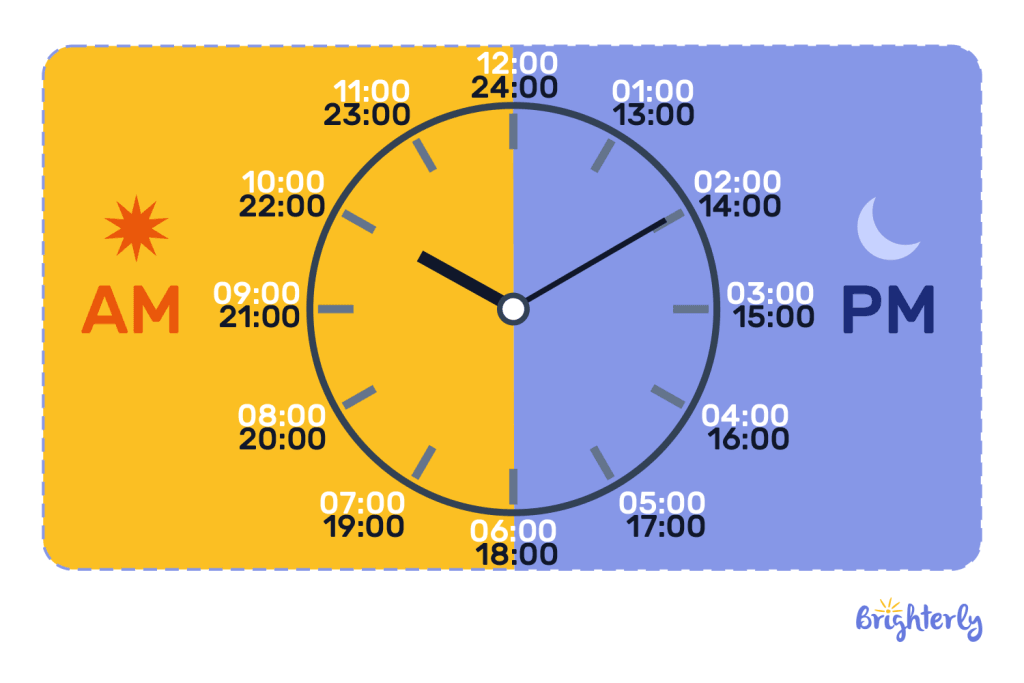
Solved math problem 4
From the image of the clock below, what does the time say?
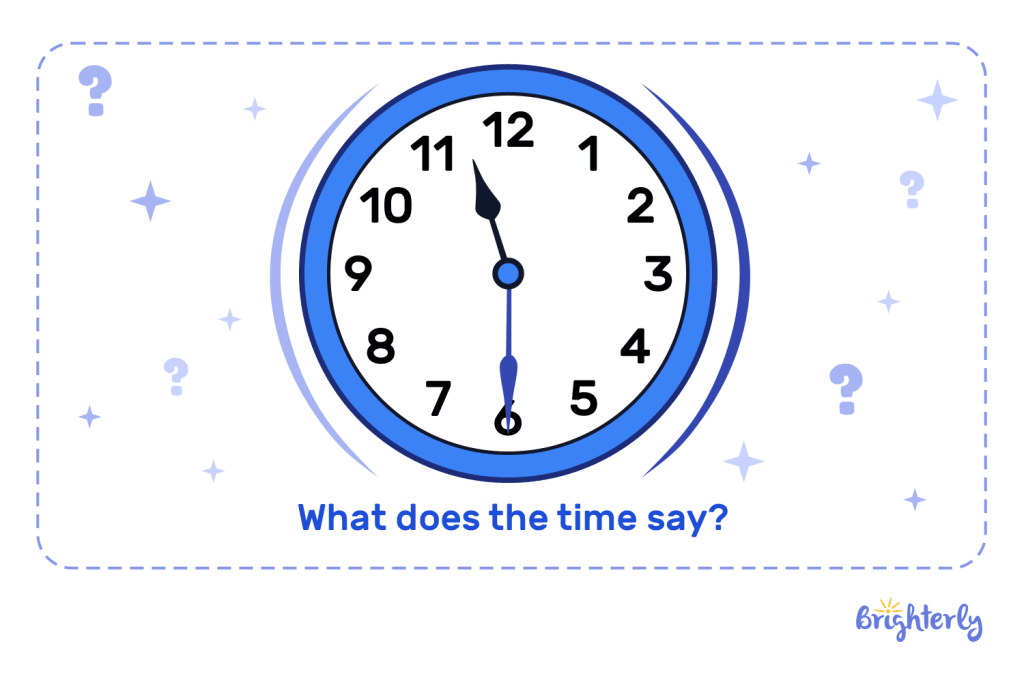
Answer
The hour hand is on 11 which means we are in the hour of 11 but the minute hand is on 6, meaning we are 30 minutes into the hour of 11.
|
Therefore the answer is 11:30 or half past 11. |
Solved math problem 5
If a digital clock says the time is 6:45, how would it look on an analog clock?
Answer
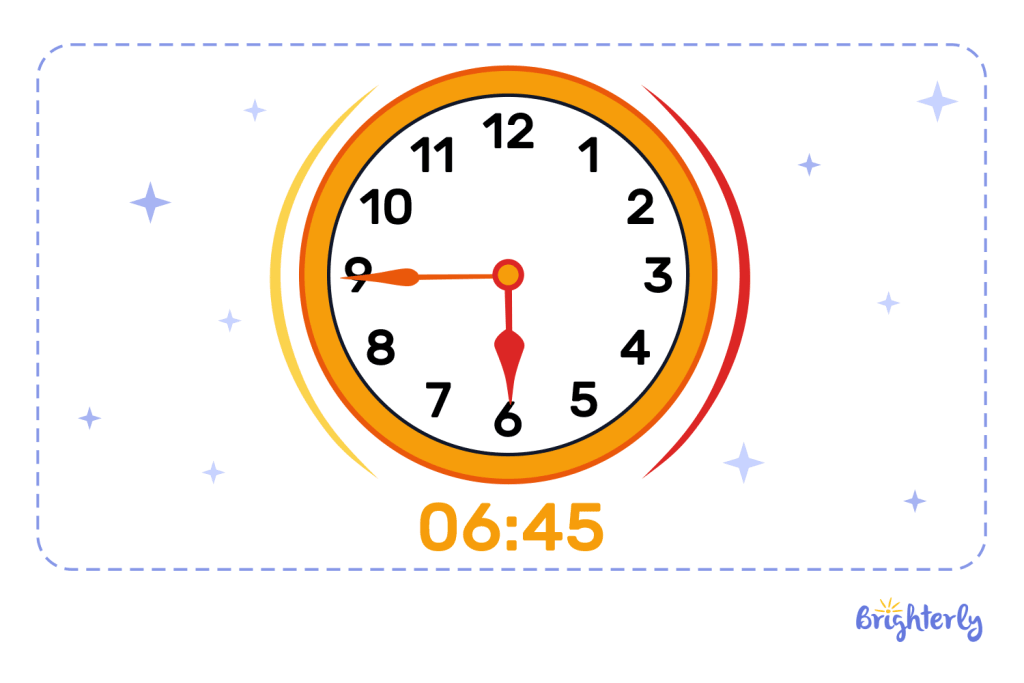
| The hour hand will be on 6 and the minute hand on the clock will be on the 45th minute. |
However, remember that since there is no 45 number in the analog clock, each number has a 5-minute interval between them. Therefore, when counted, the number 9 is the 45th minute.
Solved math problem 6
In the analog clock, is the little hand the hour, or is the big hand the hour?
Answer
|
The little hand is the hour hand. The big hand on the clock is the minute hand and the slimmest hand is the second. |
Hour Hand On Clock: Practice Math Problems
Hour Hand On Clock: worksheets
There are three hands on a clock (second hand, minute hand and hour hand). We have discussed the hour hand in this article but to learn more about telling the time, we recommend checking out free worksheets:
- Clock worksheets for second graders
- Time to the hour and half-hour worksheets
- Telling time worksheets for first graders




